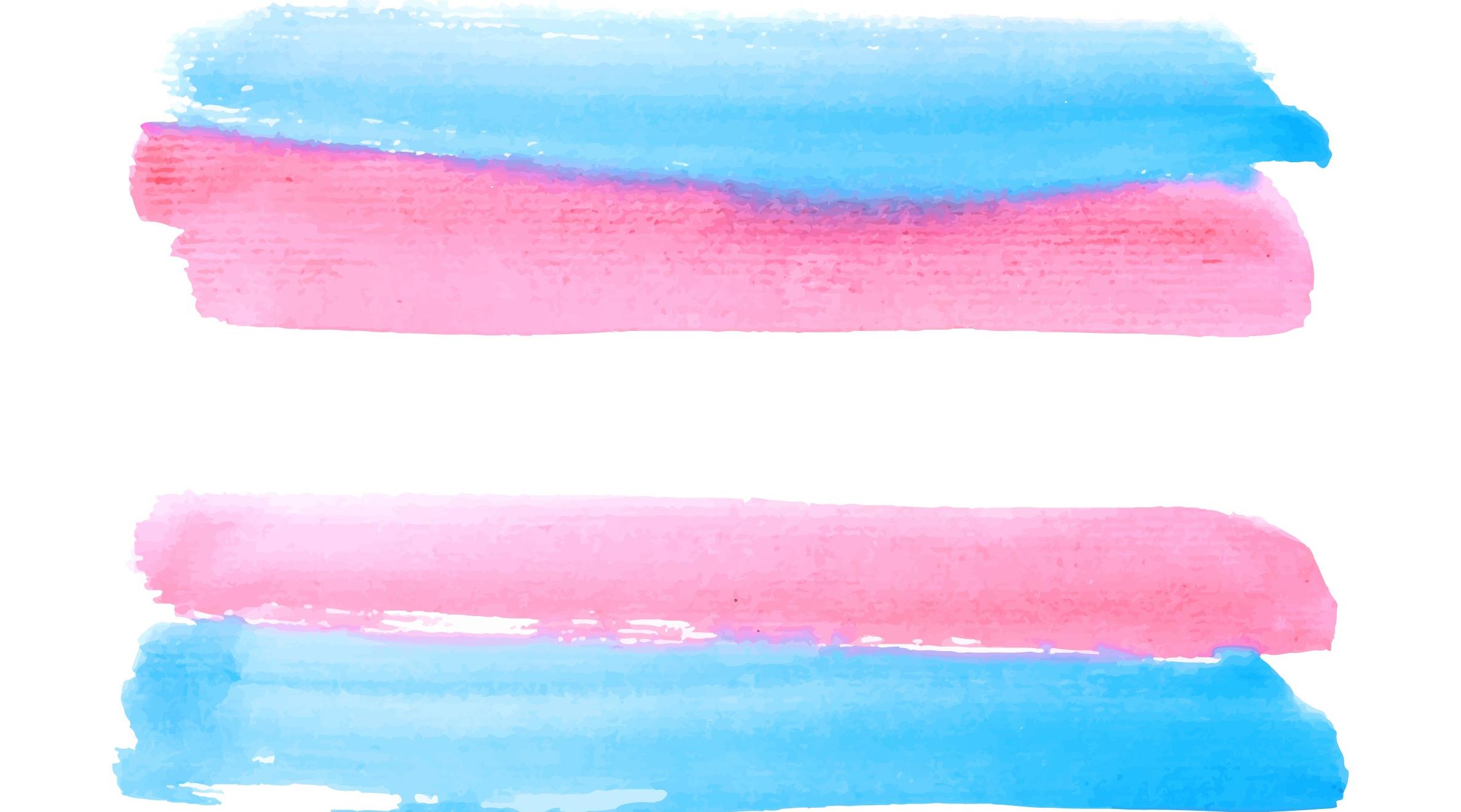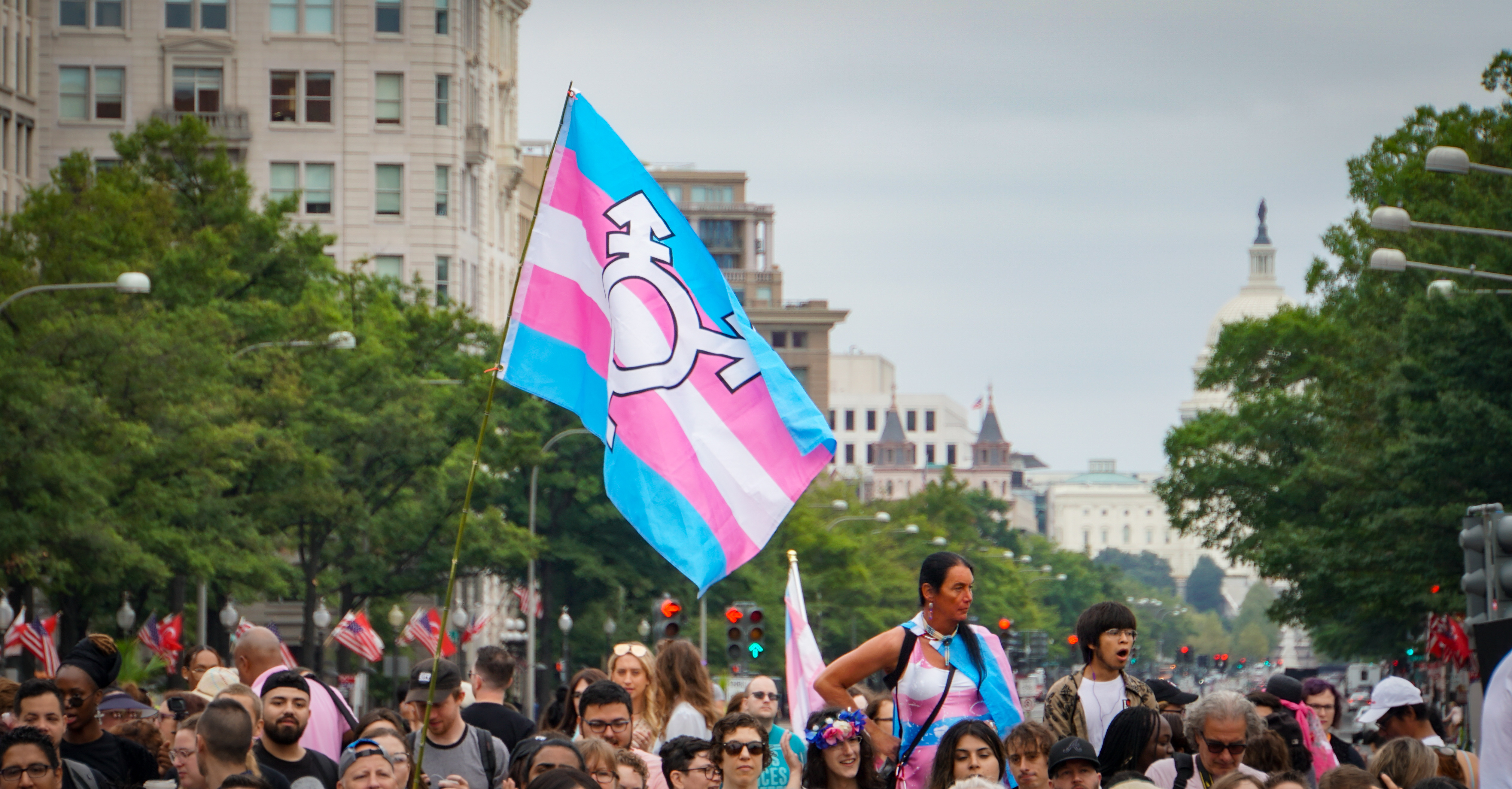It’s taken me longer than I intended to write the Part 2 post to Cancel Culture Ain’t The Problem. Partly because every time I’ve written a response to a current instance of transphobia a new one crops up – Liz Truss, the UK’s equalities minister and foreign secretary, using the Conservative Party’s spring conference to denounce the so-called “ludicrous debates about languages, statues and pronouns” was my initial inspiration but in the meantime we’ve had Ricky Gervais, J.K. Rowling, The Times, the UK Government’s Attorney General…and the list goes on. I was even planning on writing a response to Janice Turner’s deeply transphobic Times article titled “Cult of gender identity is harming children” which she wrote on 21st September 2019, likening gender identities beyond man and woman to Pokemon (i.e. made up). And then I watched the wondrous Jeffrey Marsh’s video on hate and they said four magic words… “hate is largely chaotic”.
That’s when it clicked. I was spending all this time engaging with the work of transphobes be it their articles, tweets, policies, or speeches. I would do my best to articulate a response that explained why their transphobia was bad (and why it was transphobia, full stop, given so many people deny transphobia is transphobia) and to offer a more loving and liberated alternative. I would try to understand them so I could better understand the things they said, wrote and believed. But what they say, write and believe is hate. Transphobia is hate. And these transphobic people have literally zero interest in my blog posts and zero interest in treating trans people such as myself better. Their hate is not thoughtful, well-researched, logical, compassionate and empathetic…it’s just hate. As Jeffrey says, hate is largely chaotic. I was expending so much energy trying to make sense of their chaos. Exposing myself to hate over and over again, trying to turn it into love. And, boy, that is a fool’s errand.
The likes of Liz Truss and Janice Turner will carry on hating me until they don’t (which will probably be never) even while claiming they don’t hate me (if they ever get called out on it, which they probably won’t). They won’t seek to understand me, they’ll just keep hating me. They won’t listen to me from a place of openness and compassion, they’ll hate. They’ll dehumanise me. They’ll ridicule ‘generation woke’, ‘cancel culture’, pronouns, and anything else they want to justify their hate. They’ll use all the familiar moral panic tropes/lies such as ‘threats to children’, ‘paedophilia’ and ‘recruiting young people’. Janice Turner, in her article, even says being non-binary is homophobic. Well, I’m a gay man and a non-binary queer, and I sure for one ain’t homophobic (and nor am I trying to foment hate within the LGBTQ+ community to further my transphobic goals). As Jeffrey says, hate is largely chaotic. Navigating chaos is impossible. Trying to make sense of chaos is impossible. Asking hateful people to listen to me and see me as a human is a job that requires more hours than I’ve got left to live. Hate is a war that has been (chaotically) designed to ensure I cannot win.
I’m done. I care too much about myself to immerse myself in hate. I want to have fun. I don’t want to get triggered every time I try to write a blog post. I don’t want to get caught in hate on the off chance it rubs off on me and I end up hating the haters. I simply don’t have time to hate. And we all know what the opposite of hate is…it’s freedom. A profound personal and collective freedom based on love and unbounded liberation. Of course I’m still going to write sassy blog posts calling out queerphobic tropes in trashy/fun films but I’m no longer going to meet the haters where they’re at. They’re too chaotic to even know where they’re at. They’re too lost in their hate (and on a good day I’d pity them). Having said that, there are still battles I must fight – because our rights and identities are being marginalised and trampled upon. There are material, political and social battles to fight. But I’ll be better resourced to fight them if I do it from a place of such self-love that the hate of others slides off me like water off a duck’s back. At the moment, this ain’t the case, I’m too tired, traumatised and triggered, their hate still hurts. But thanks to Jeffrey I know I can stop trying to make sense of it. “Where does hate come from?” asks Jeffrey and their answer, “Who cares?” I’ll care about myself instead, which feels much more like Queertopia.
*
And talking of utopias…in mine, words aren’t used to hurt and dehumanise. Words aren’t used to worsen people’s suffering and push them closer to death. Words aren’t used to minimise acts of transphobic violence, thereby encouraging them. Nope. In my world, words heal. They give life, offer hope and inspire. They do not cancel, they welcome (while clearly not welcoming prejudice). Words are carefully chosen and freely spoken. Words are acts of love realised through ink on a page, clever technology (which I don’t understand) on a screen, chalk on a wall, and vibrations in air. Quite simply, words are magic.






